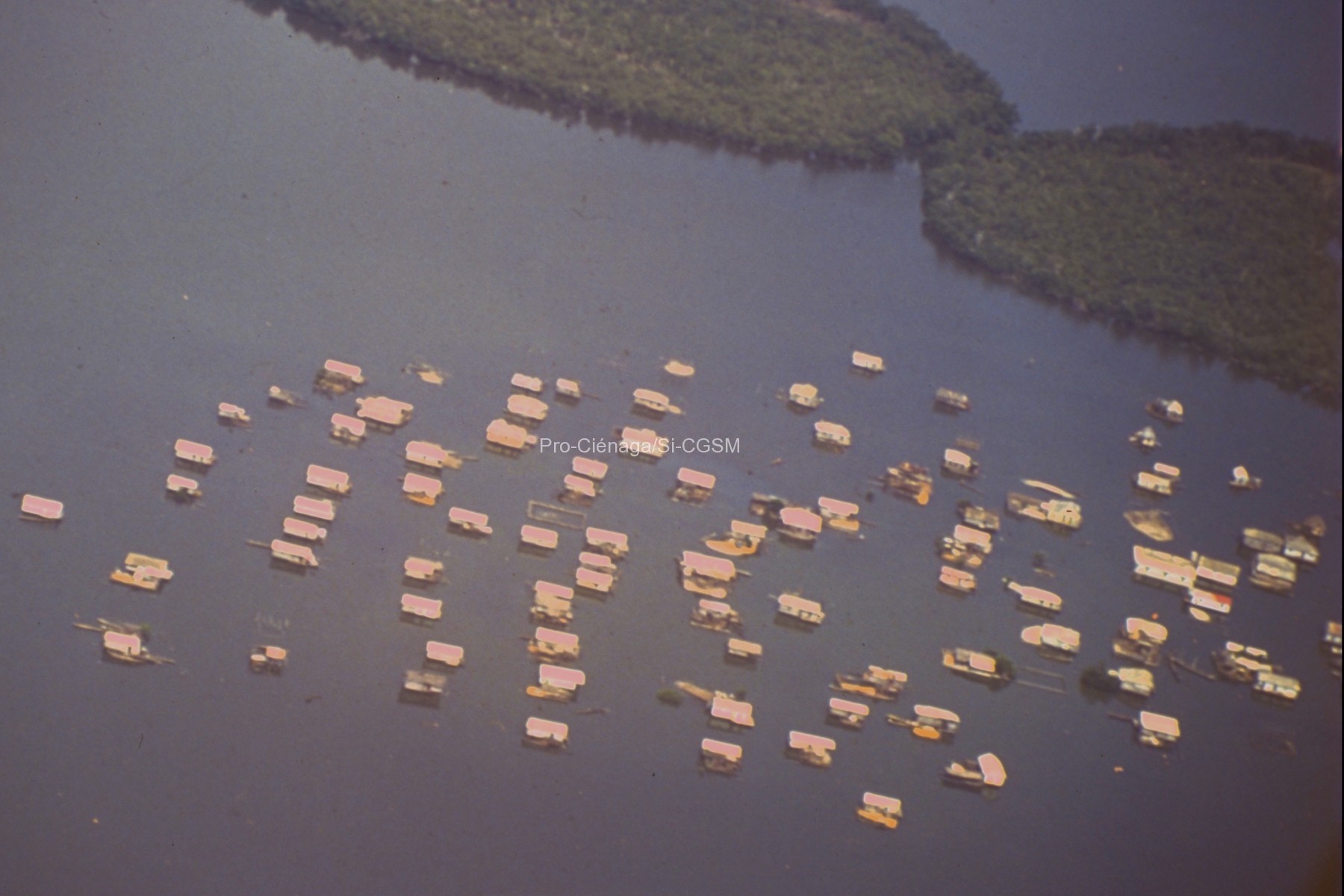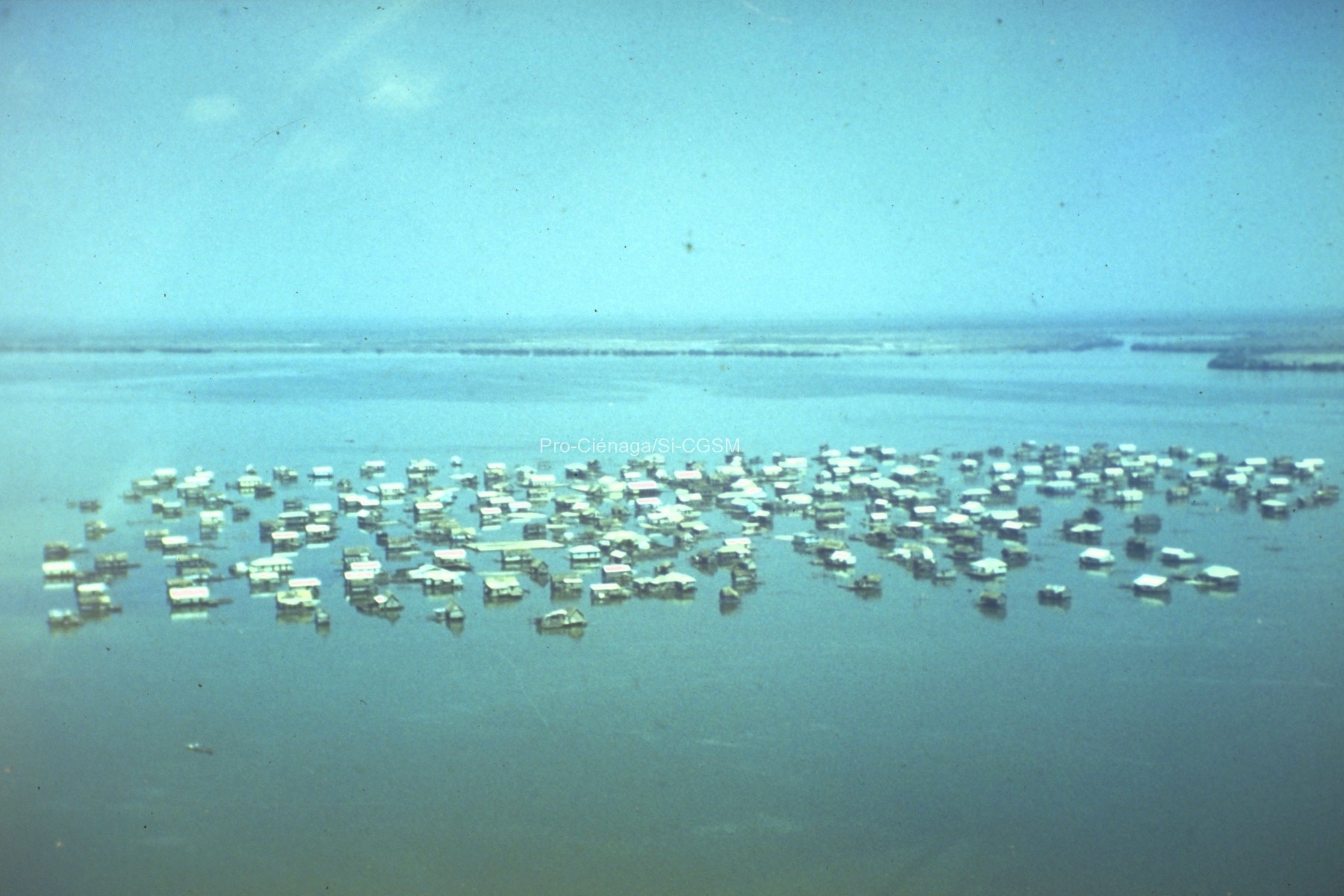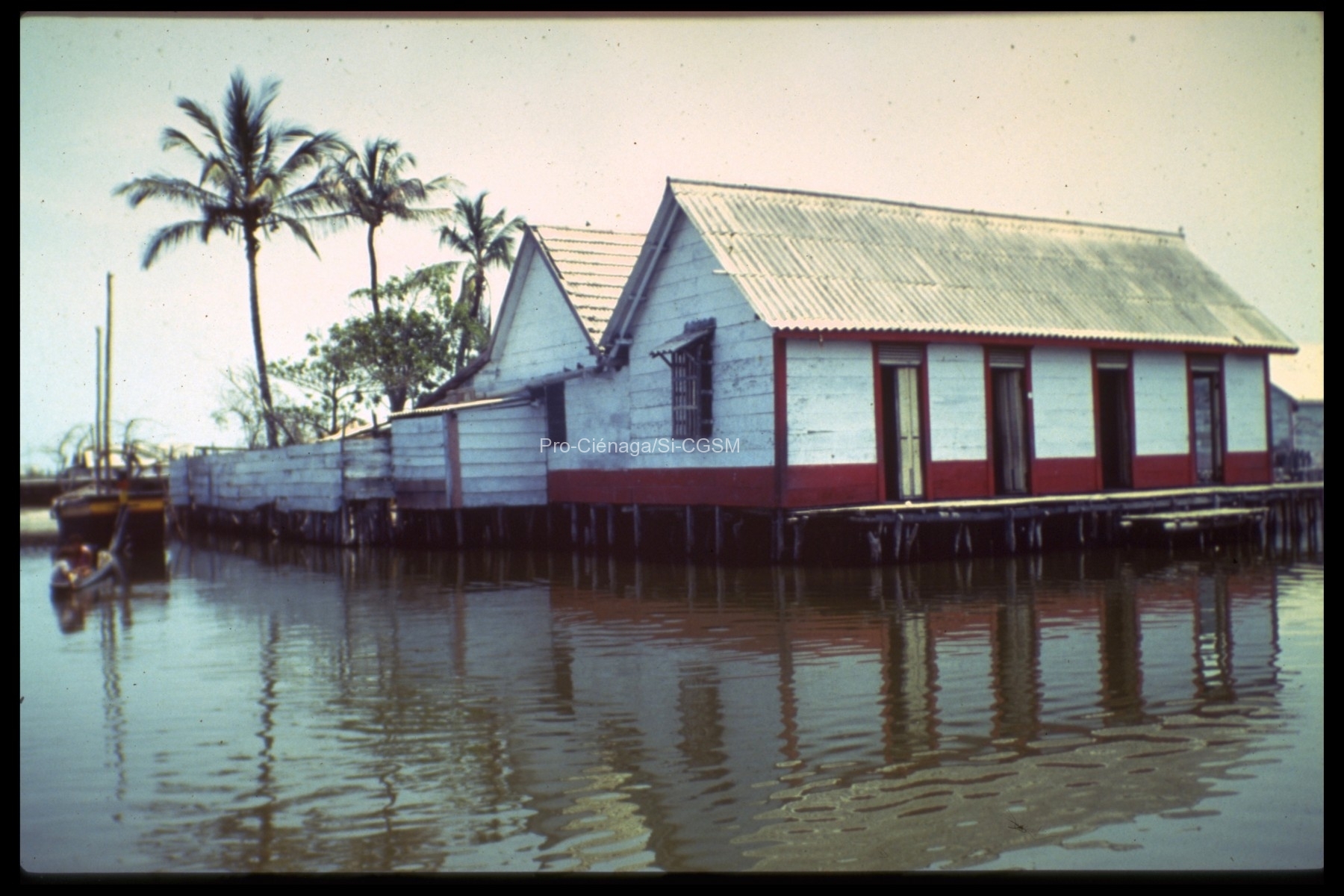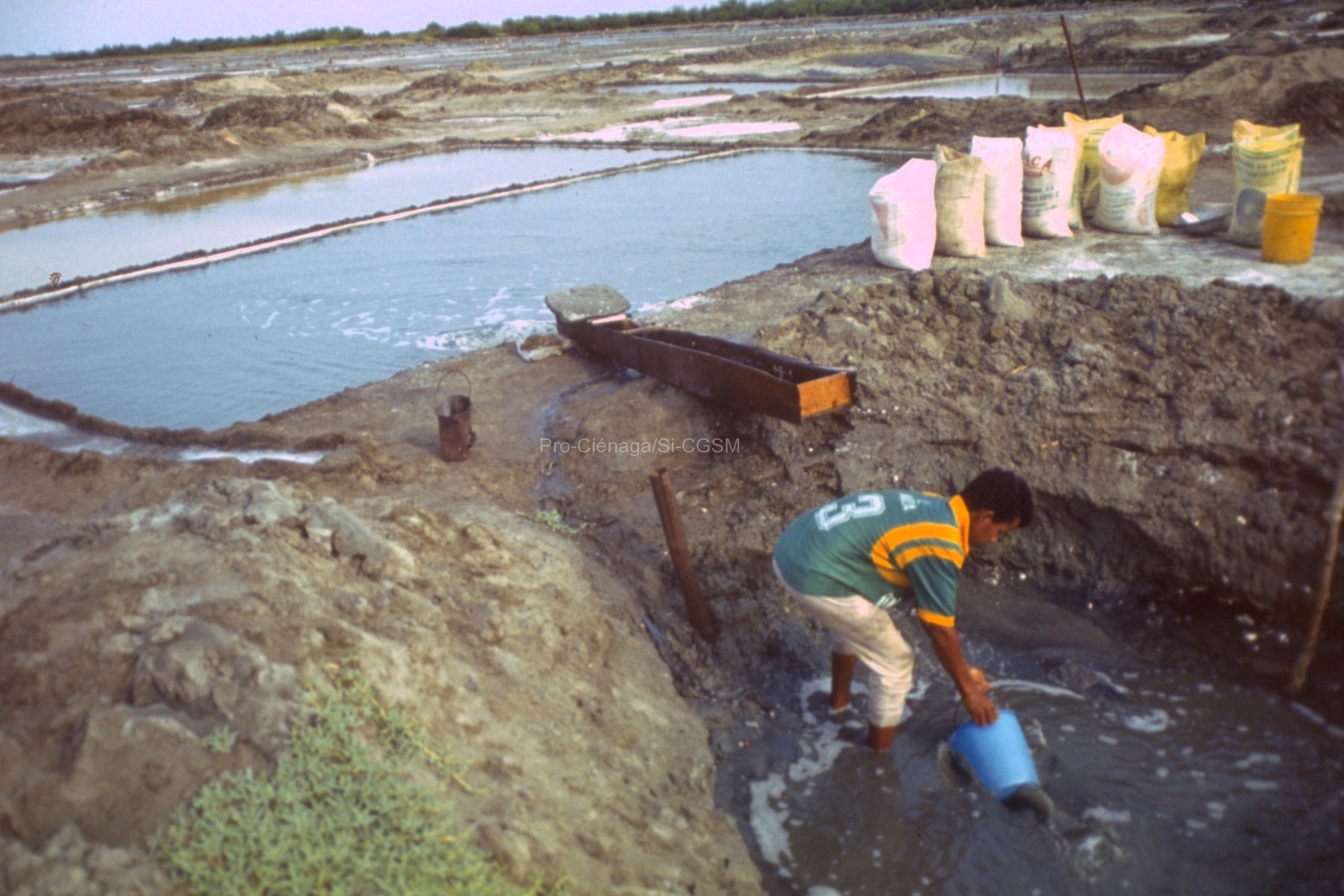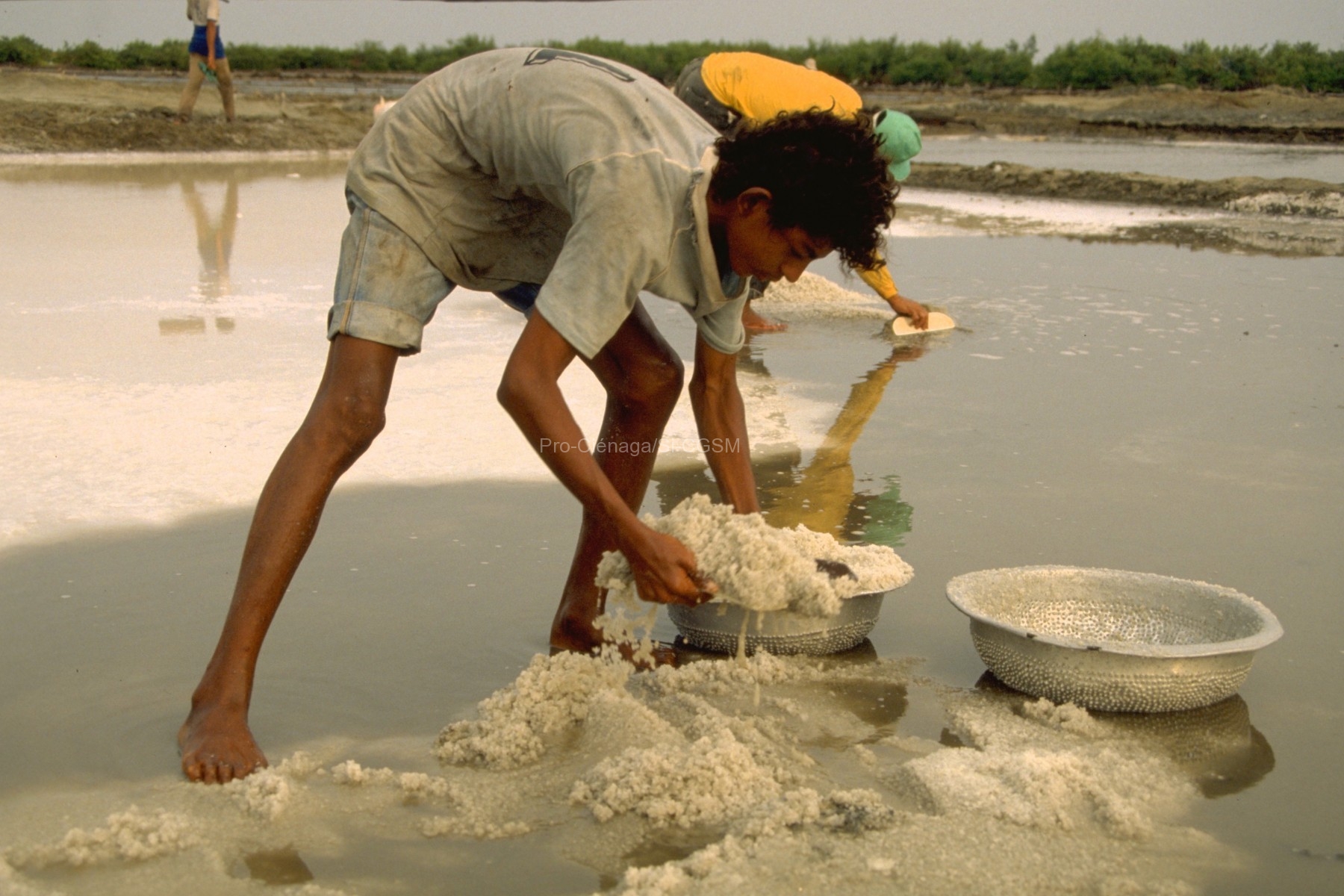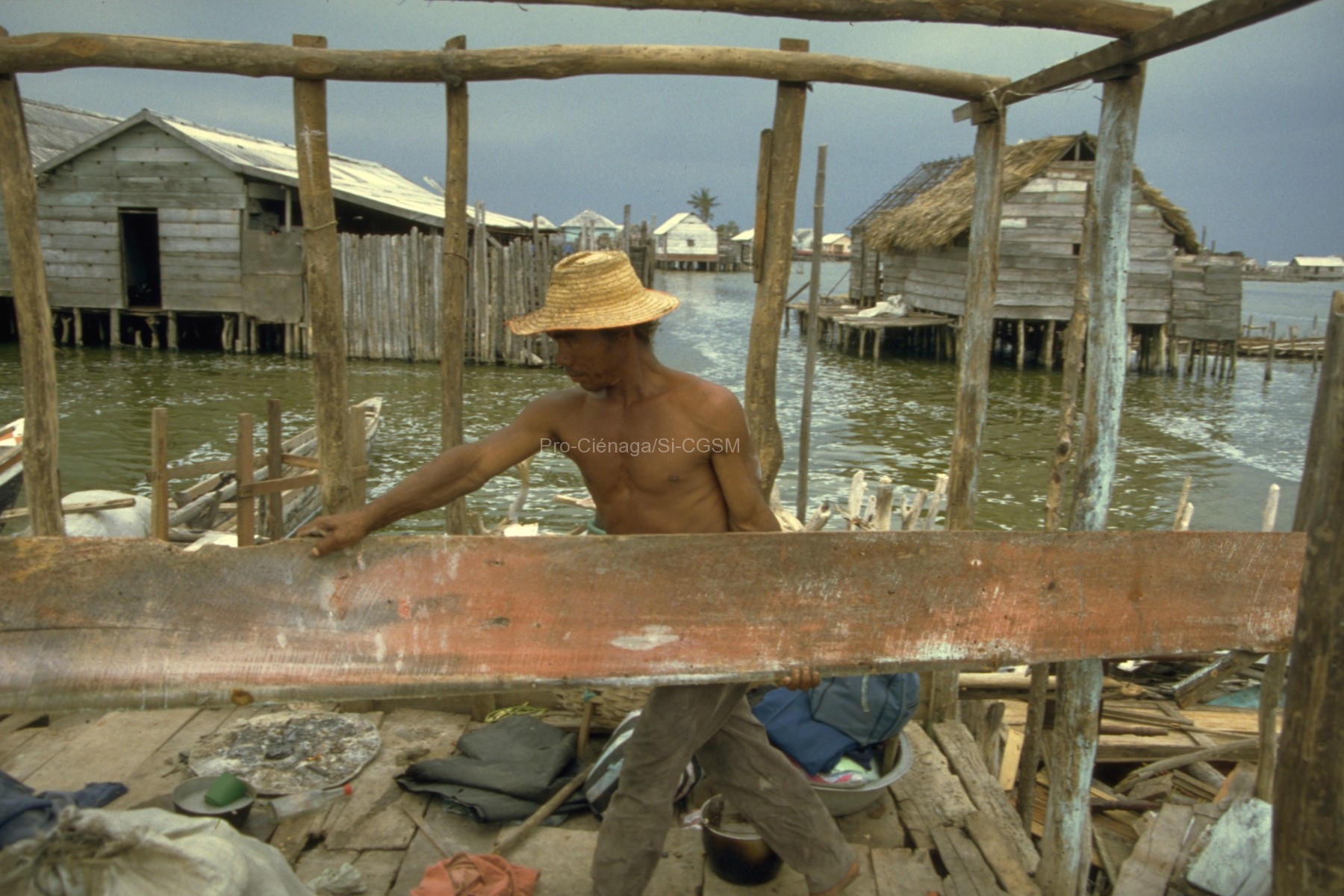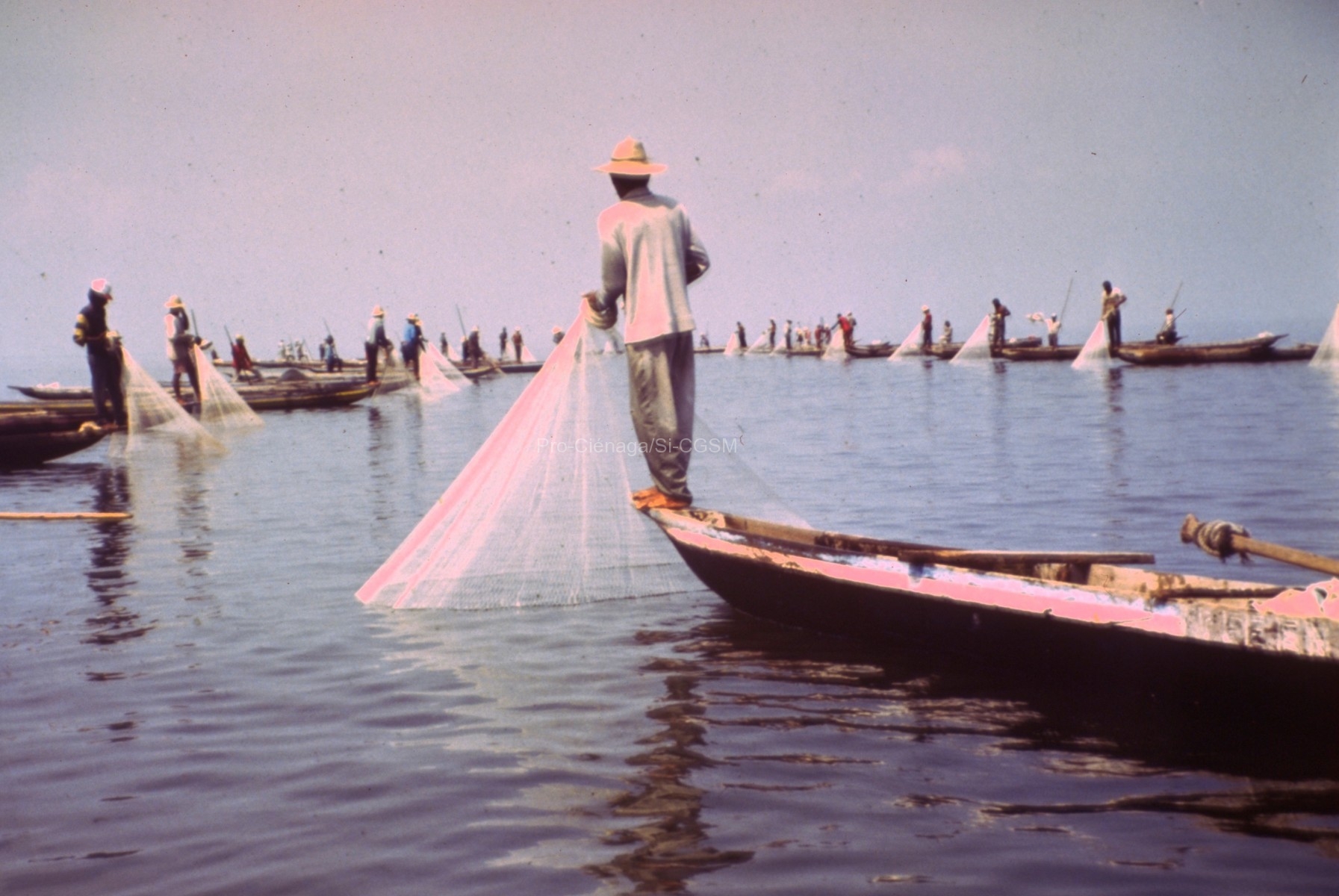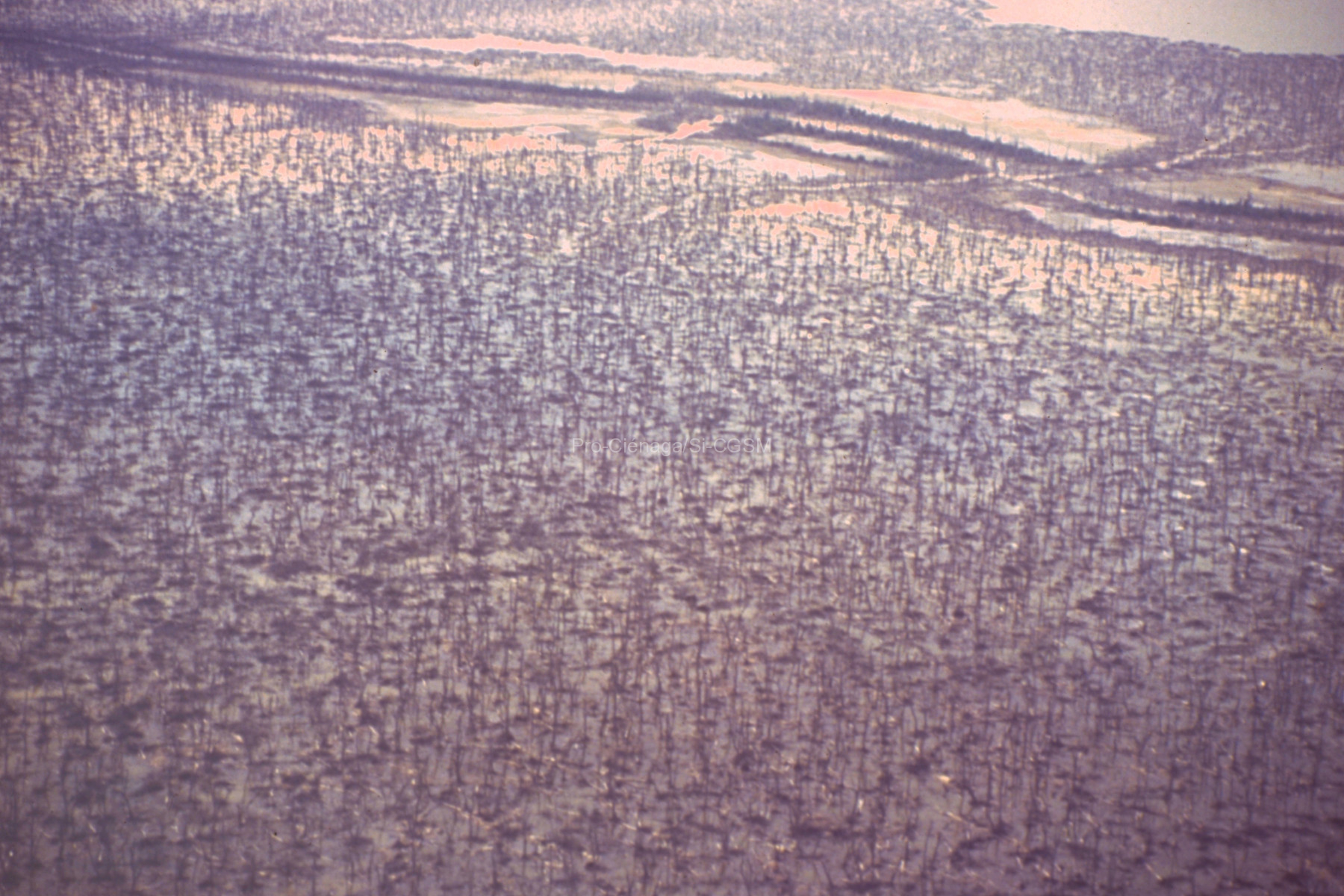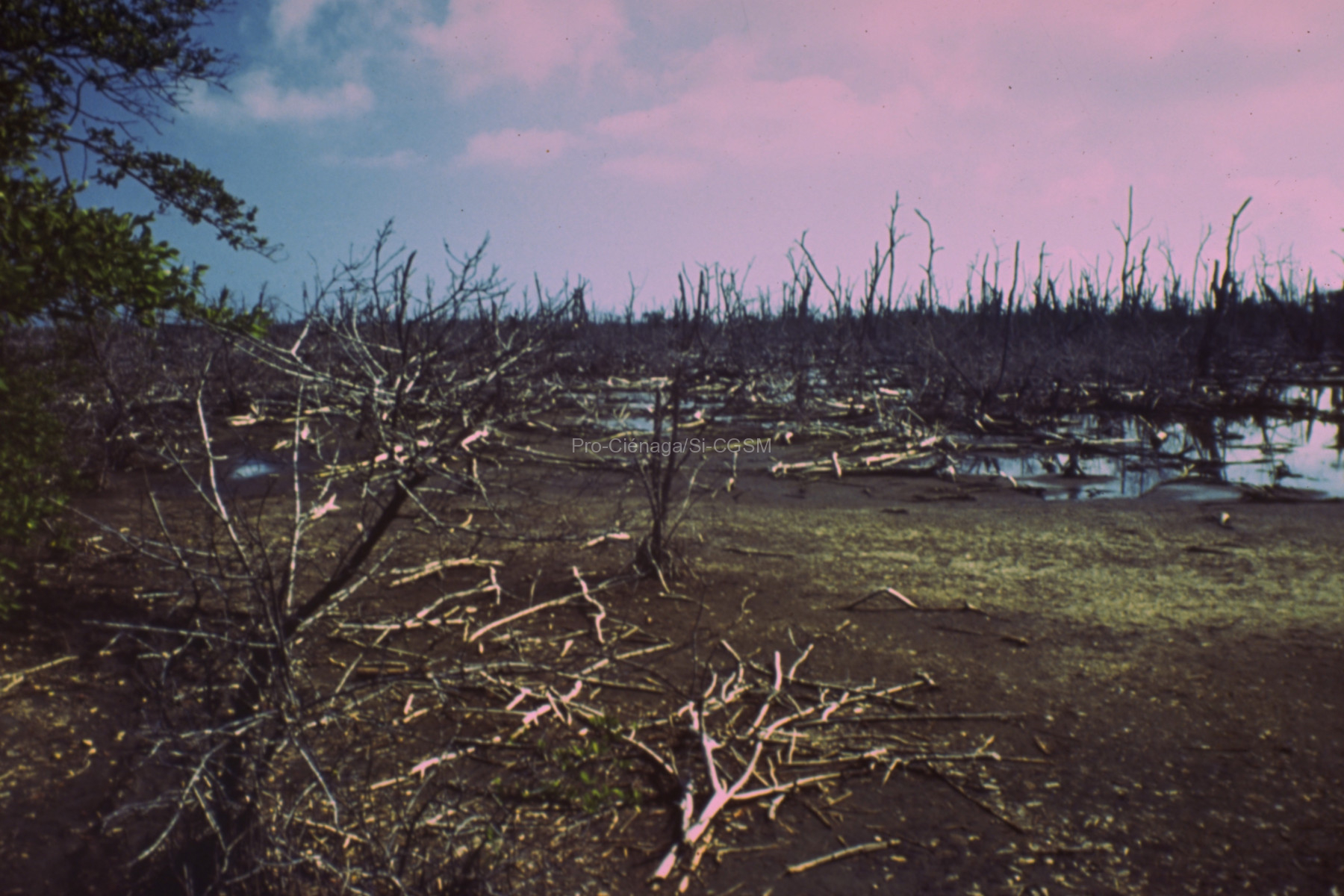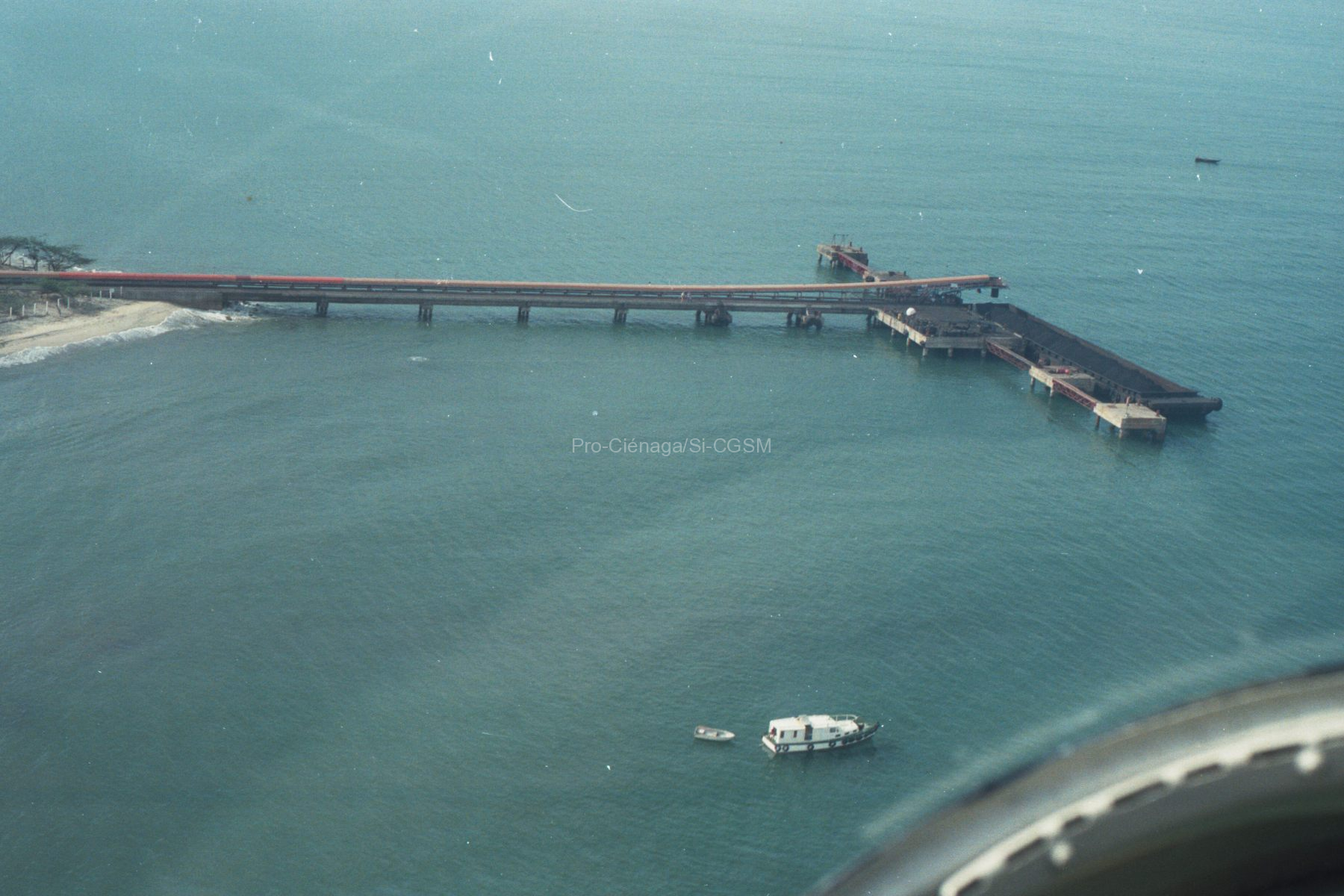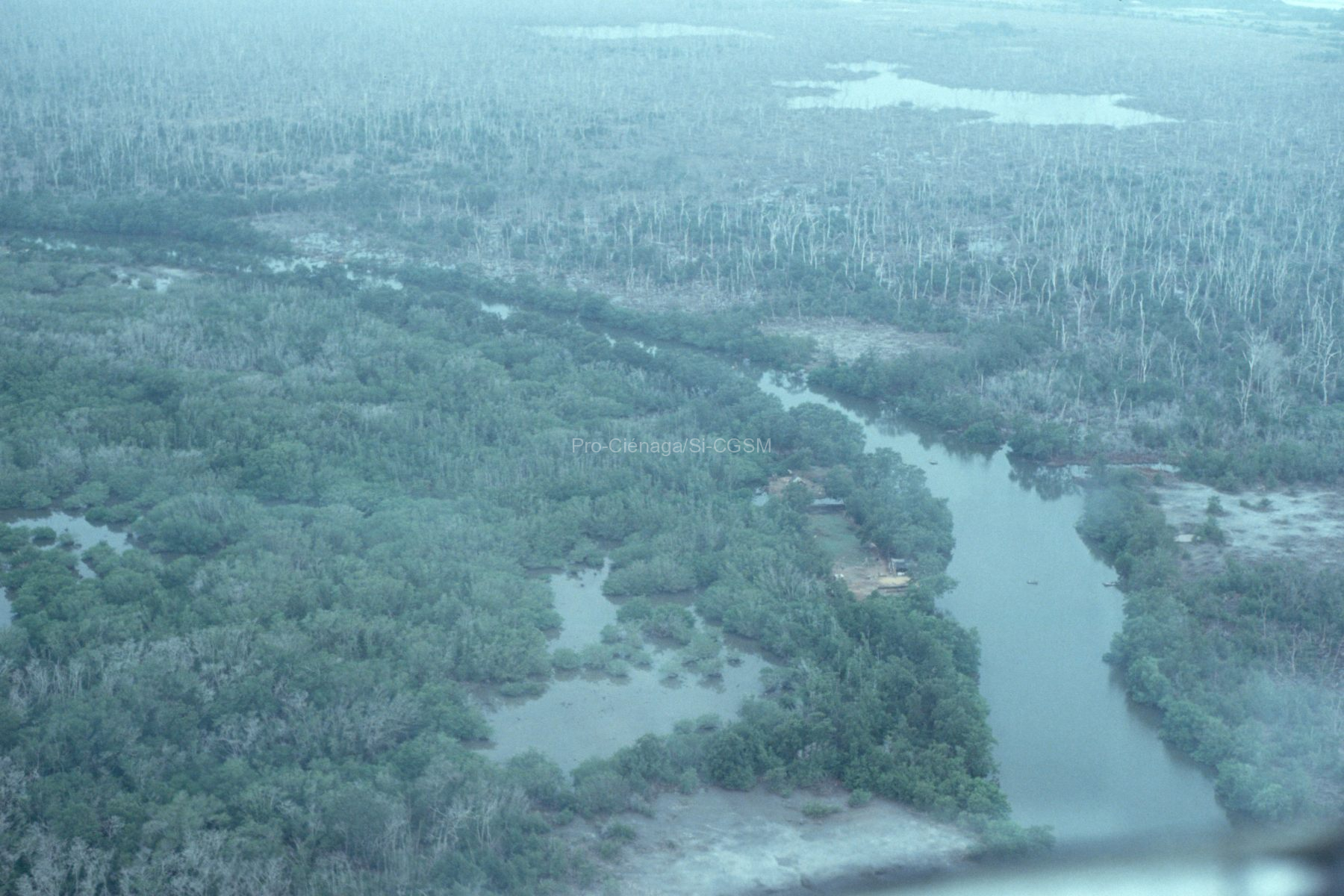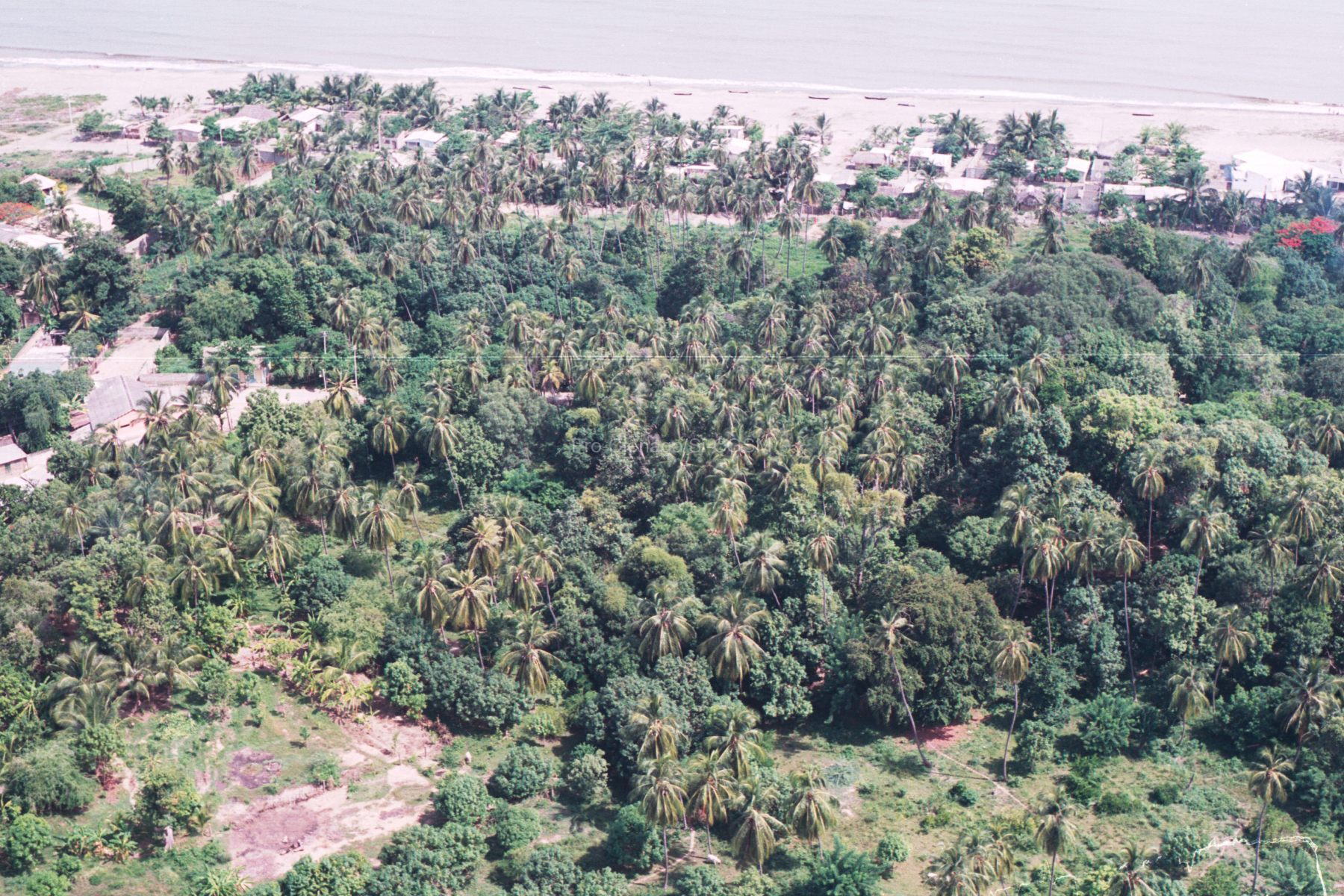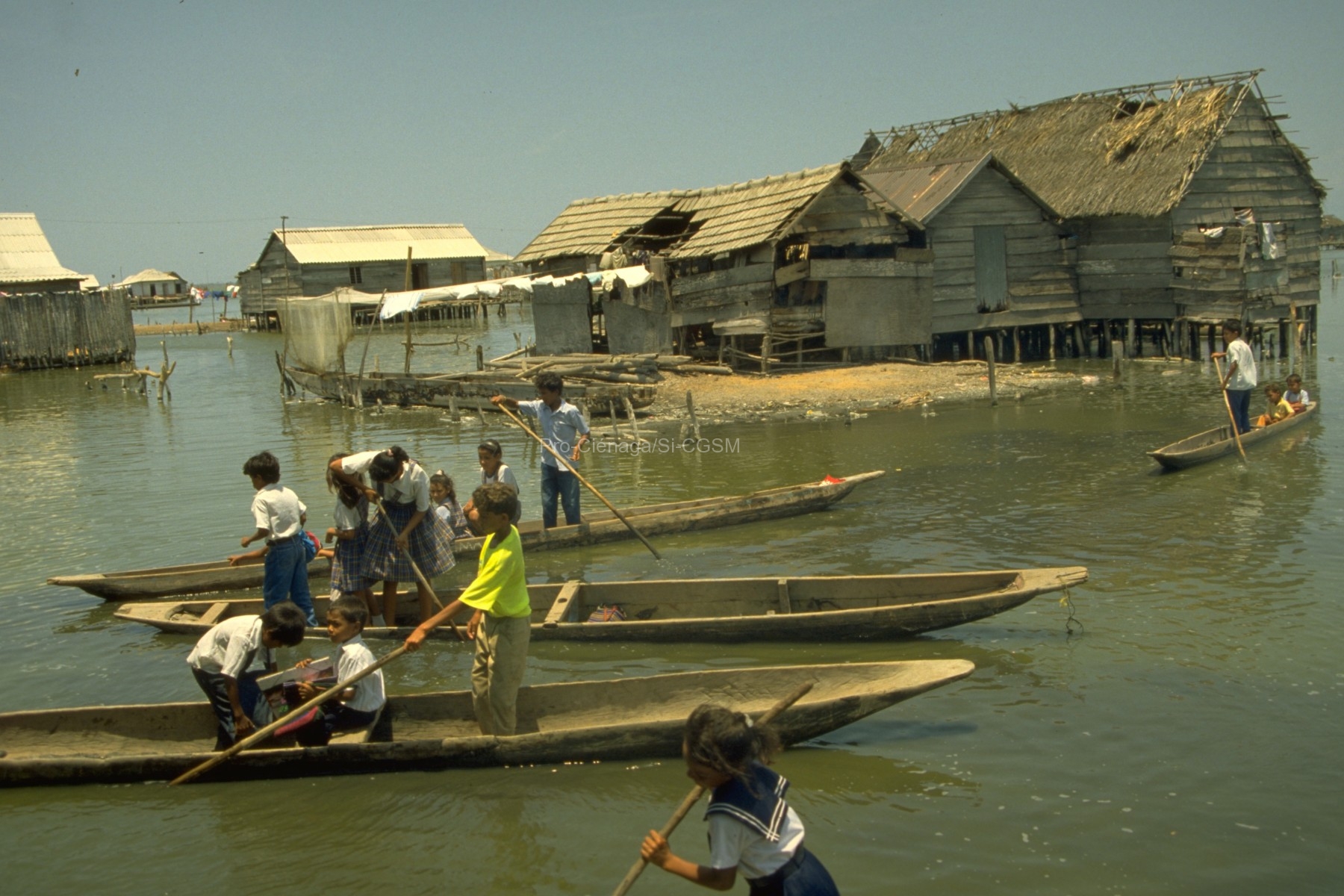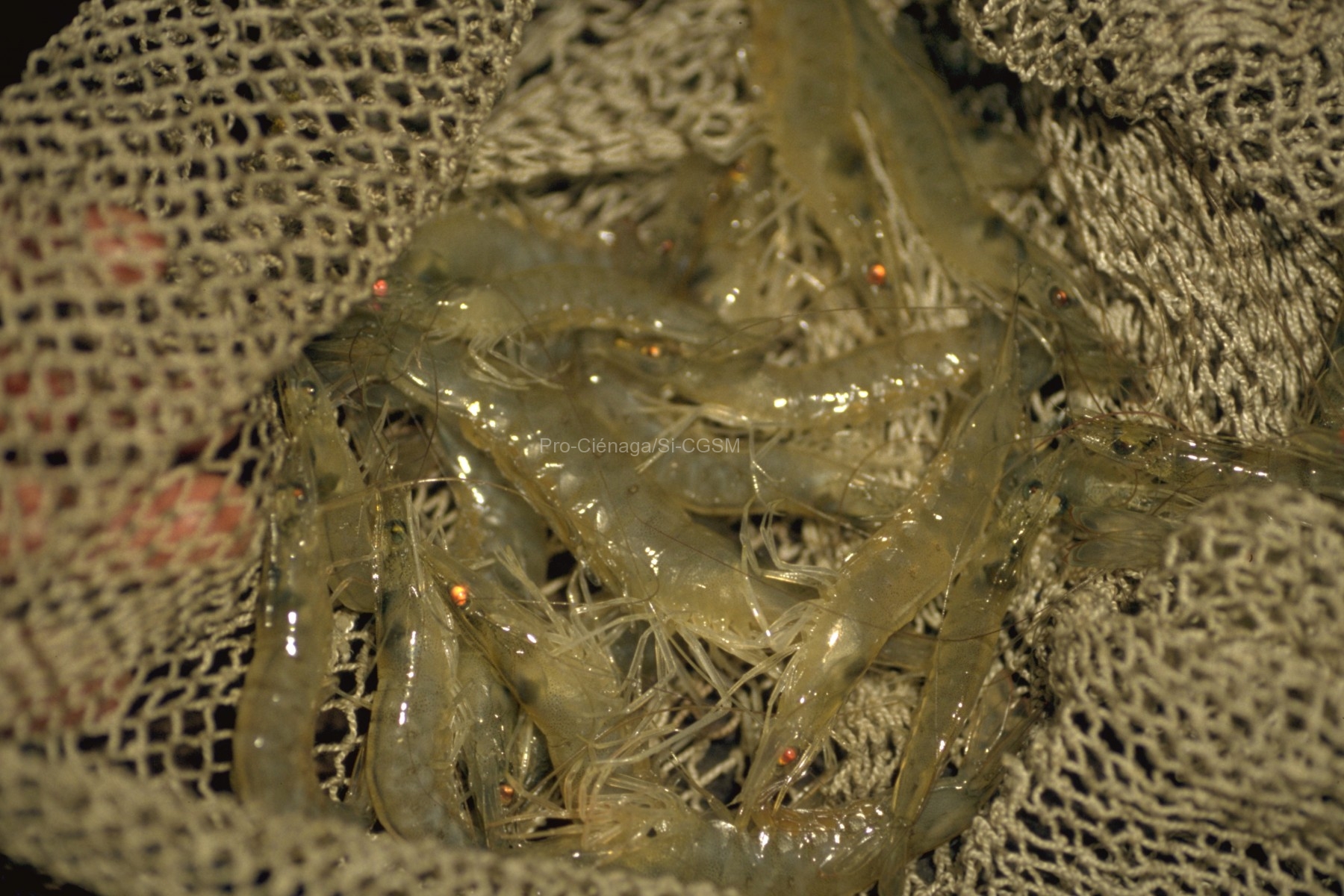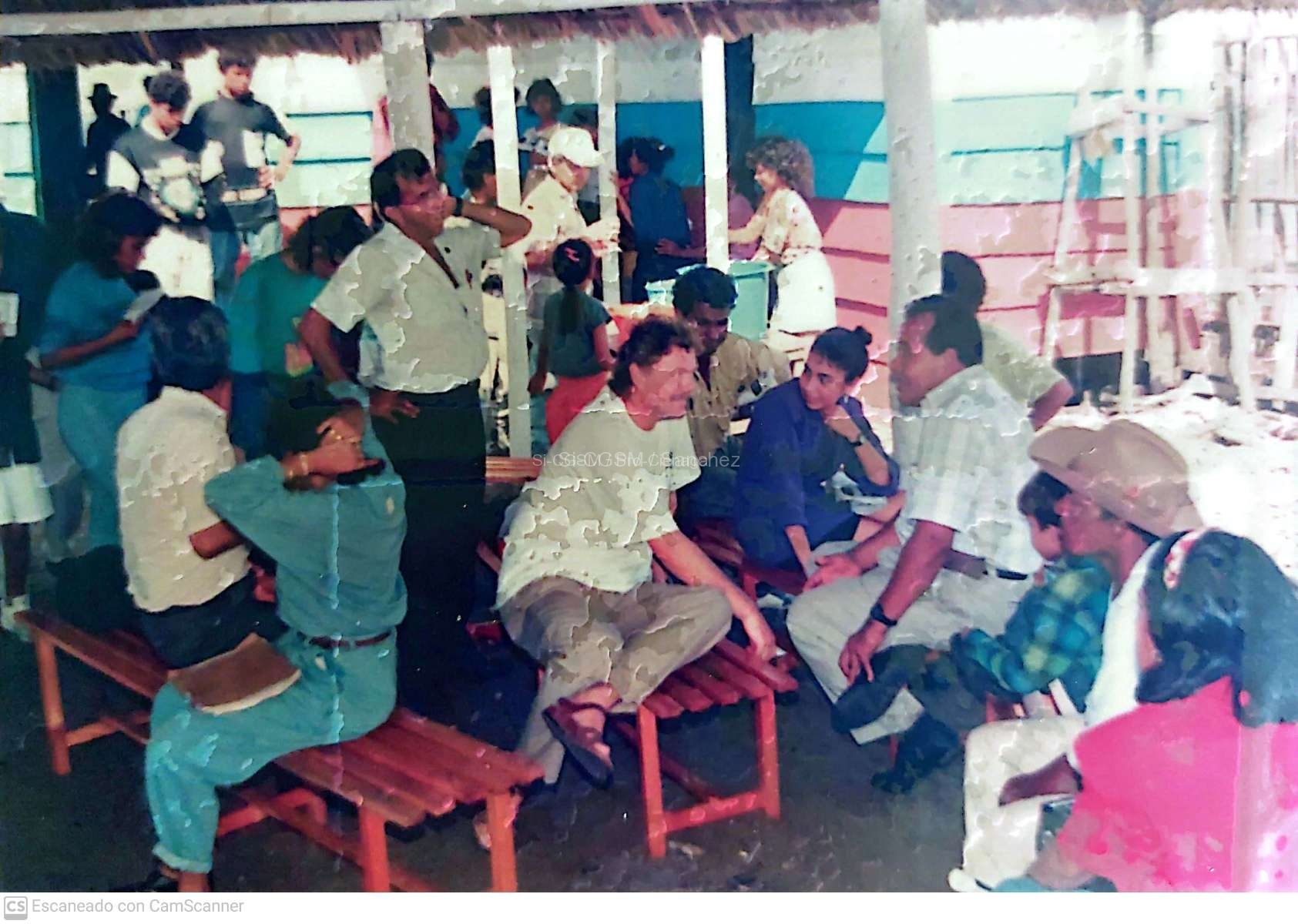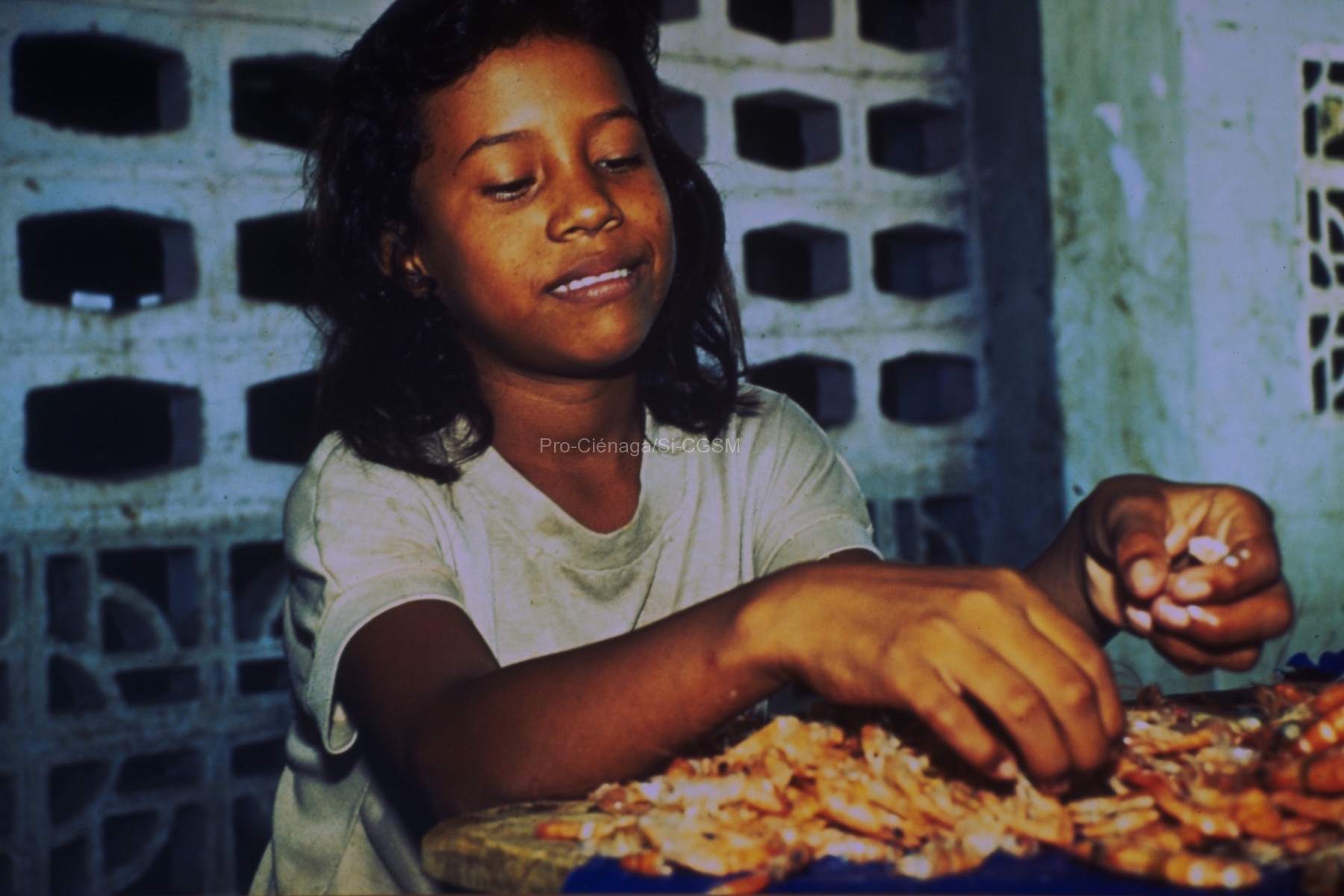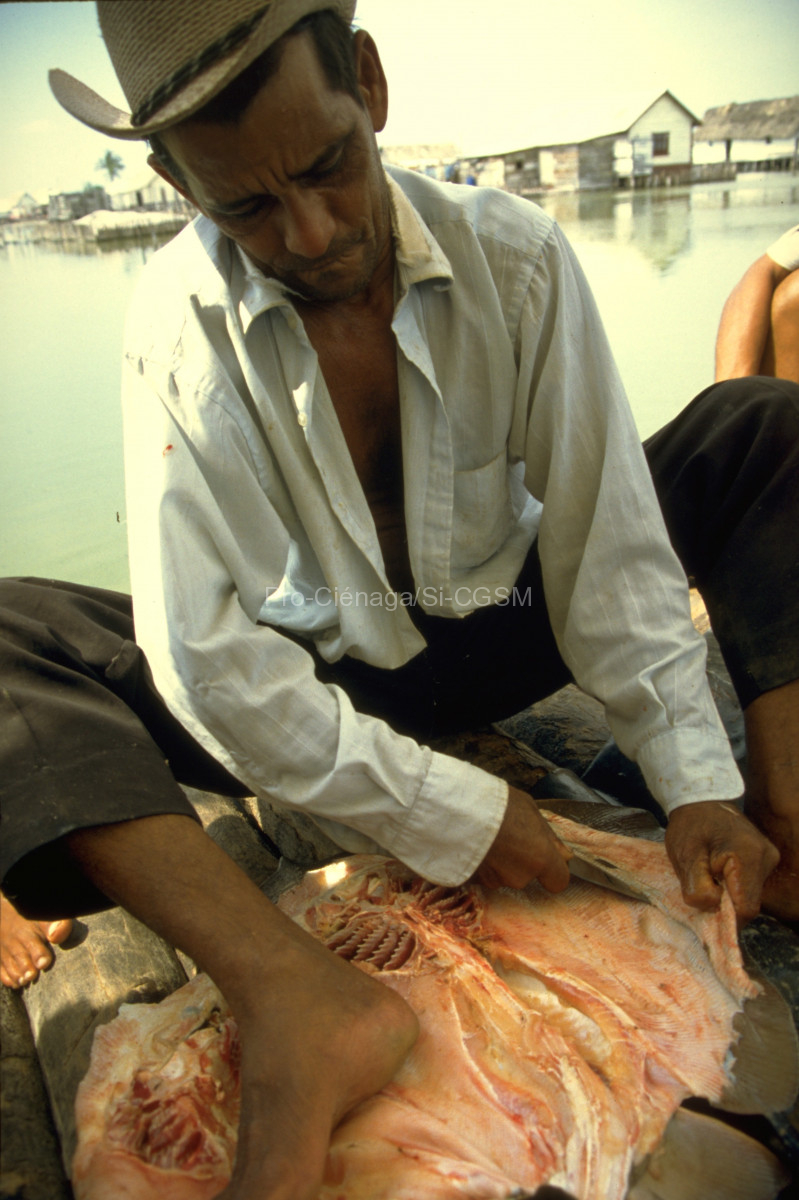http://su.diva-portal.org/smash/get/diva2:1055624/FULLTEXT01.pdf
Wetlands and coastal wetlands are important ecosystems for many aquatic and terrestrial flora and fauna as well as for the sustainable development of humans. Unfortunately, many of the world’s wetlands and coastal wetlands are subjected to degradation due to both natural processes and human activities changing the hydrodynamics of the area. As such, many coastal wetlands have been affected by hypersaline conditions consequently contributing to the degradation of both flora and fauna. This has also been true for the wetland complex of Ciénaga Grande de Santa Marta (CGSM), Colombia, where hypersalinity has been associated to constructions reducing freshwater inputs to the lagoon. As hydrological processes build up wetlands, it is crucial to understand how these processes impact wetlands and specifically the occurrence of hypersaline conditions. At the same time, not much is known about the hydrological conditions of wetlands, which is also the case for the wetland complex of CGSM. As such, this study focuses on disentangling the hydrological processes affecting the salinity levels of the wetland complex of CGSM by analysing the seasonal salinity patterns in both time (from the year of 2000 until 2015) and space. The analysis of the temporal pattern of salinity was also analysed statistically in relation to climatological data. The results from the temporal pattern of salinity showed a minor trend in increased salinity levels for the wetland in general, and by season, throughout the studied period. A rather strong correlation between salinity and climatological factors could also be identified. Moreover, the salinity for some areas within the wetland complex were higher during the wet season for some years, compared to the dry season. The results from the spatial patterns of salinity showed that the salinity of the wetland was generally higher further away from the fresh water sources, by the outlet to the open sea, and especially for the area of Ciénaga de Ahuyama. The salinity patterns in space changed as the rain period started creating a division of the wetland complex into a high-salinity western area (main lagoon) and a low-salinity eastern area. This could be due to the relatively higher amount of fresh water inputs from rivers fed by precipitation on the mountains of Sierra Nevada de Santa Marta, east of the wetland complex, compared to the relative small amount of freshwater from the channel of Aguas Negras in the western part of the wetland complex. Lack of correlation between salinity and channel dredging efforts questions the effectiveness of ongoing remediation strategies in the western section of the CGSM, while salinity levels in the eastern section are mainly regulated naturally via unrestricted freshwater inputs.

